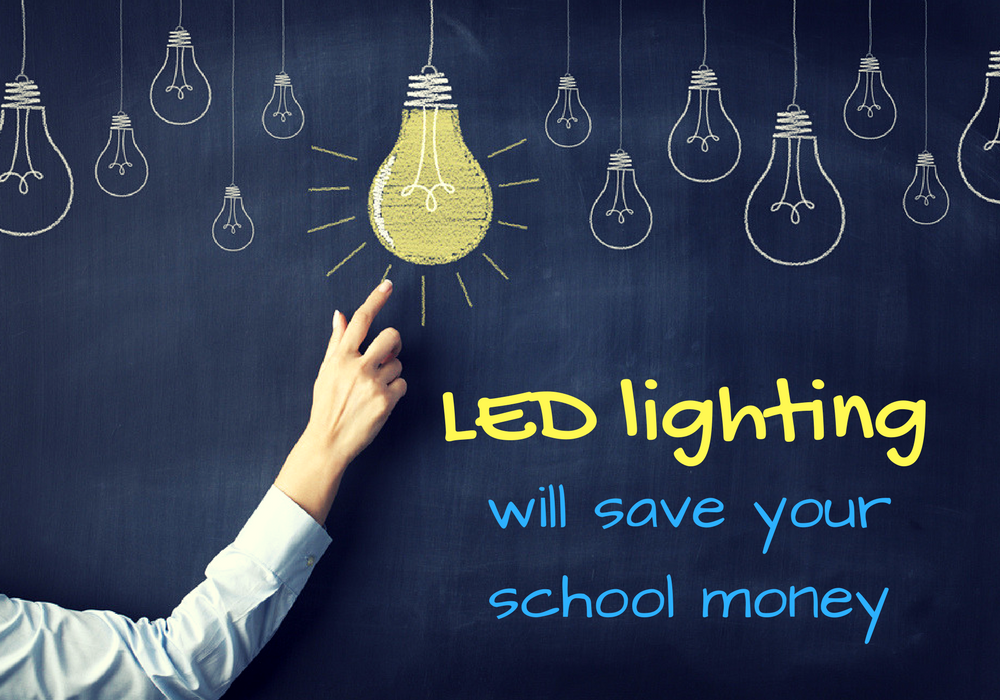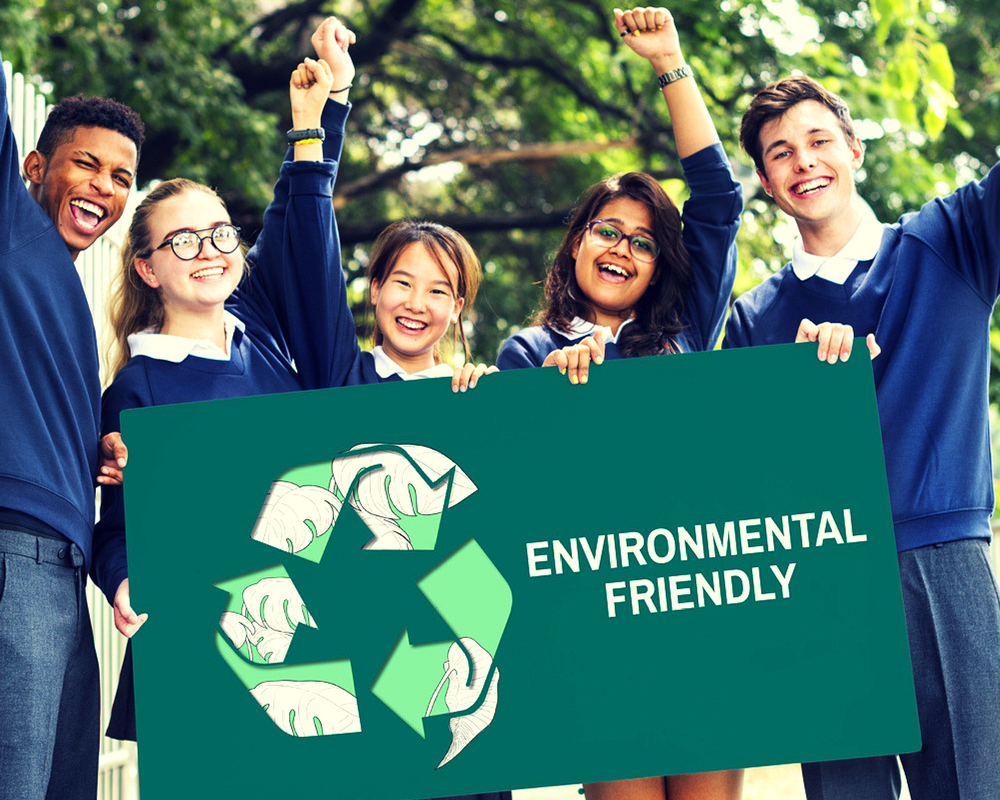With all the global sustainability efforts not only in Australia but also around the world, there is now a global trend to switch to more efficient lighting. Currently, the most cost-efficient lighting option is LED lighting. With the improvement of technology over the years, LED lighting can reduce consumption to as low as 6 watts giving energy and financial savings.
LED lighting is now utilised from vehicle lights to traffic lights, television sets, and display cases. It also has a wide range of application. It is compact, easy to maintain, resistant to breakage, and has focus ability in terms of light direction.
What better way to share and show the benefits of LED lighting than using this in schools? It will not only teach the children energy efficiency and conservation but will also help cut down expenses for school operations. These savings, in turn, can translate to more educational materials and facilities for the students.
LEDs may seem capital intensive. However, it will eventually result in money and energy savings for a long period of time as it does not require regular replacement and consumes little energy.
According to Lighting Council Australia, the peak body for Australia’s lighting industry, it is also best to get a licensed electrical contractor or service to repair or install light fittings. This is to ensure the safety of the product and that its installation will not cause problems or damages in the future, such as electric shock and fire.
Benefits of using LED lighting
These are some of the cost-efficient ways LED lights can contribute to the sustainability of schools:
-
LED lighting gives off more light
One important aspect of lighting in schools is how beneficial it is to the learning experience of students. According to some studies, there is an increase in attention capability, cognitive performance, and memory retention when students are exposed to biologically optimised lighting. Schools require ample and right lighting like cool white light conducive to studying and learning for the students.
On the other hand, the technology with LED Lighting enables schools to take advantage of a motion sensor, dimmer, and timer features which make the lighting ergonomic to the needs of the school.
-
LED helps the environment
Another important factor to consider when choosing LED lights is that it is relatively safe for the environment. For one, LED light does not emit UV rays. According to studies, too much exposure to UV rays can be hazardous to health.
LED lights also do not contain mercury, which is usually found in conventional bulbs. This feature can translate to savings due to avoidance of disposal and health effects from hazardous elements. LED lights are also believed to be less prone to bacteria which promotes a cleaner environment for the school.
-
Using LED lights can help in ventilation
Incandescent bulbs first produce heat to be able to create light. On the other hand, LED lighting converts energy to light right away. This means that LED lighting does not warm up and thus create a cooler environment for the school rooms and offices. A cooler environment can translate to savings as you no longer have to provide more units for ventilation. This results to a cut down on cooling expenses.
One reputable company that provides overall solutions to home and school building needs is Global Home Solutions.
To ensure the safety of your LED lights, check if there is a Regulatory Compliance Mark on the product. In addition, make sure that the product brand is compliant with Australian standards and regulations by checking if the company is registered on the National Equipment Registration System of the Australian government.
Sustainable development in schools
With today’s technology, it is not surprising that schools are also following suit to the goals of ensuring that environmental impact of energy will not sacrifice the improvement of lives especially for students who are the future’s leaders. It is important that students are educated early on how sustainability, such as shifting to more efficient ways if living, could help make the world a better place.


